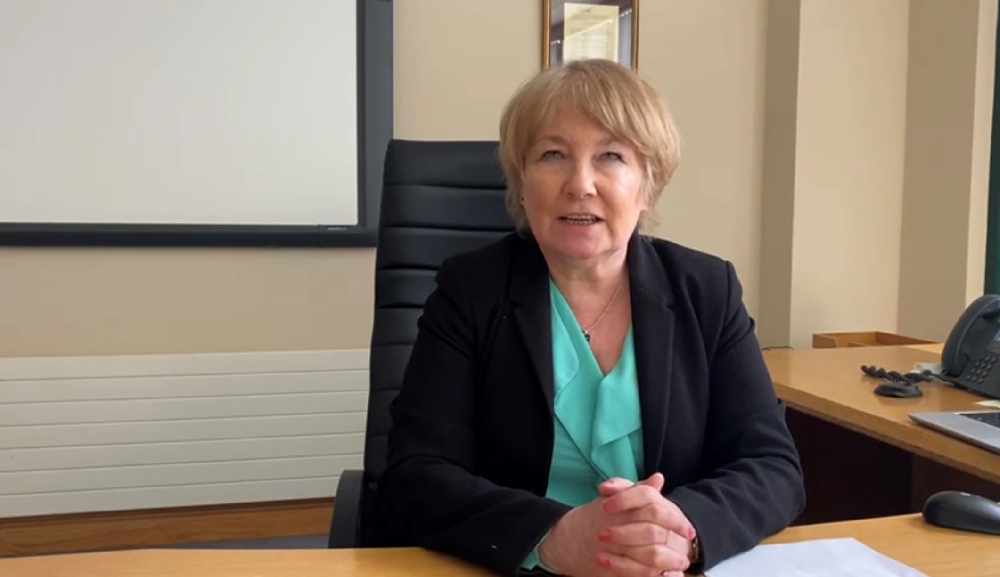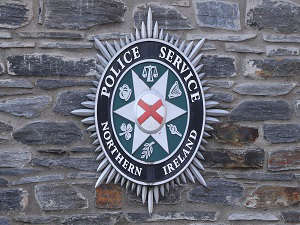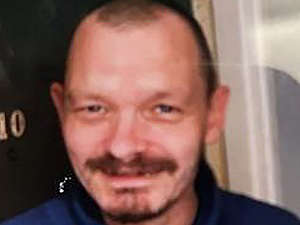
By Jonathan McCambridge, PA
There is no evidence that police leaked information about the whereabouts of a former Sinn Fein member who was unmasked as a MI5 agent before he was murdered, a watchdog report has said.
55-year-old Denis Donaldson was shot dead at a remote cottage in Donegal in April 2006, in a killing claimed by the Real IRA.
Police Ombudsman Marie Anderson found that the PSNI had not sought to implicate members of Mr Donaldson’s family in his murder, and said that rather than impeding the investigation of his murder by the Garda, the PSNI had provided “a high level of co-operation and assistance”.
There is no evidence that police leaked information on the whereabouts of former Sinn Fein member and MI5 agent Denis Donaldson before he was murdered - Police Ombudsman.https://t.co/Ntp1k87asN
— Q Radio News (@qnewsdesk) March 11, 2022
However, she stated that the PSNI should have carried out a further risk assessment of any potential threats to Mr Donaldson’s life following the publication of a media article which included photographs of him outside the cottage just over two weeks before he was murdered:
Reacting, Mr Donaldson’s family slammed a “flagrant breach of Denis’s Article 2 right to life and the PSNI’s duty of care to him”.
Mrs Anderson’s report deals with police actions before and after his murder.
On March 17, 2002, sensitive information was stolen during a burglary at Castlereagh police station, and police received intelligence that the Provisional IRA was responsible.
After documentation was recovered from Mr Donaldson’s home, he was charged along with three others of possession material which could be of use to terrorists.
Charges against one of the four were withdrawn in December 2003, and the case against the others was withdrawn by the Public Prosecution Service in November 2005.
The report said that police then carried out a risk assessment which concluded that the PIRA would be likely to conduct an internal inquiry to establish why the case had collapsed.
On December 10, 2005, police delivered a threat message to Mr Donaldson, which stated that “members of the media believe that Denis Donaldson is an informant”.
The report said because of concern that he may be at risk, the PSNI held an urgent “Gold Command” meeting on December 14, resulting in police resources being put on stand-by so that, if necessary, they could respond quickly to developing events.
The following day, the report stated, an officer referred to as “Police Officer 3” called Mr Donaldson on the phone twice and spoke to him briefly on the second occasion, providing him with a contact number.
At about 9.20pm, a call was made to the number given to Mr Donaldson earlier, but Police Officer 3 did not recognise the number as belonging to Mr Donaldson and did not answer the call.
The following day then president of Sinn Fein Gerry Adams held a press conference in Dublin during which he announced that Mr Donaldson had been dismissed from the party after admitting that he had been an informant.
Mr Donaldson made a statement later the same day stating that he “had worked for British Intelligence and RUC/PSNI Special Branch” since the 1980s.
He later moved to a cottage near Glenties in County Donegal, where he was murdered.
Mr Donaldson’s family expressed a number of concerns about police actions, including an allegation that a threat message delivered to Mr Donaldson on December 10 2005 was “bogus” and “artificially manufactured” as it was untrue that the media were intending to expose him as an informant.
The family voiced concern that the message was “maliciously released”, and alleged that police had failed to conduct a risk assessment before delivering the message.
However, Mrs Anderson said the threat message was based on “reliable information from a credible source”.
She said her investigators had examined a clear audit trail, including a risk assessment and contingency plans, setting out the rationale for the decision by police to deliver the threat message.
She said: “I am of the view that police would have failed in their Article 2 obligations if they had not informed him of the relevant information.”
The family also alleged that the phone call made to Mr Donaldson on December 15 was intended to ‘spook’ him and part of an exercise to ‘burn’ him as an informant.
But Mrs Anderson said it was “part of a carefully considered threat management plan in response to information that Mr Donaldson had informed Sinn Fein colleagues that he was an informant”.
She added: “The purpose of these telephone calls was to identify, assess, and manage any identified risks, as well as address any welfare concerns relating to Mr Donaldson. I have identified no concerns regarding these telephone calls.”
She said that the decision by police not to take the call made to Police Officer 3 on the evening of December 15 was “reasonable and prudent” given that it was not made from Mr Donaldson’s phone.
Another concern expressed by Mr Donaldson’s family was that, after he had moved to Donegal, police had leaked information about his whereabouts to a number of people, including journalists.
On March 19 2006, a newspaper published a story which described the cottage he was living in as “run down”, without running water and electricity and adjacent to other cottages in a bend in the road.
Mrs Anderson said her investigation had found no evidence that police had leaked any information about Mr Donaldson’s whereabouts.
However, she said the publication of information about where he was living should have prompted police to conduct a further risk assessment to identify any risks he might have been exposed to.
She said: “PSNI advised AGS (An Garda Siochana) of the potential increased risk to Mr Donaldson as a result of the media article.
“However, my investigators found no evidence that a further risk assessment took place or was considered by the PSNI.”
She added that she had found no evidence that PSNI had monitored Mr Donaldson’s movements or conversations after he moved to Donegal, as alleged by his family.
The Police Ombudsman’s investigation examined concerns that the PSNI had sought to implicate members of Mr Donaldson’s family in his murder, but found no evidence.
The family also alleged that the PSNI had impeded AGS’s murder investigation by withholding, suppressing or editing information about their contact with him during the final months of his life.
However, Mrs Anderson said her investigation had found “no evidence that any member of the PSNI sought to impede the murder investigation conducted by AGS”.
A spokesperson for the Donaldson family said:
“For reasons that remain unexplained, and unaccounted for, it is reported that the PSNI abandoned its routine practice of risk assessments which had apparently followed Denis’s exposure in December 2005.
“This course of action was taken at precisely the moment when the risk to Denis’s life was at its greatest. This is a flagrant breach of Denis’s Article 2 right to life and the PSNI’s duty of care to him.
“There were repeated attempts to close down this inquiry. The key question has always been: did the PSNI do enough to protect Denis’s life. The Ombudsman’s answer today was: no, they did not.
“No-one has any comprehension of the direct harm and damage to our family caused by the actions and omissions of certain police officers, and others, over the last 16 years.”
PSNI Assistant Chief Constable Mark McEwan said:
“I recognise the pain and suffering felt by the family of Denis Donaldson.
“We note the findings of the Ombudsman’s investigation and will now take some time to review her comprehensive report.
“We have reviewed our operational policies and service procedure regarding the management of threats to life, and will continue to do so on a regular basis.”



 O’Neill ‘did not see ex-press officer McMonagle at Stormont event’
O’Neill ‘did not see ex-press officer McMonagle at Stormont event’
 Majority of teachers reject pay offer for second time
Majority of teachers reject pay offer for second time
 Police investigate ‘racially motivated hate crime’ in west Belfast
Police investigate ‘racially motivated hate crime’ in west Belfast
 Woman stabbed partner as he slept in ‘premeditated’ murder, court told
Woman stabbed partner as he slept in ‘premeditated’ murder, court told
 Police make new appeal over missing man last seen in October
Police make new appeal over missing man last seen in October